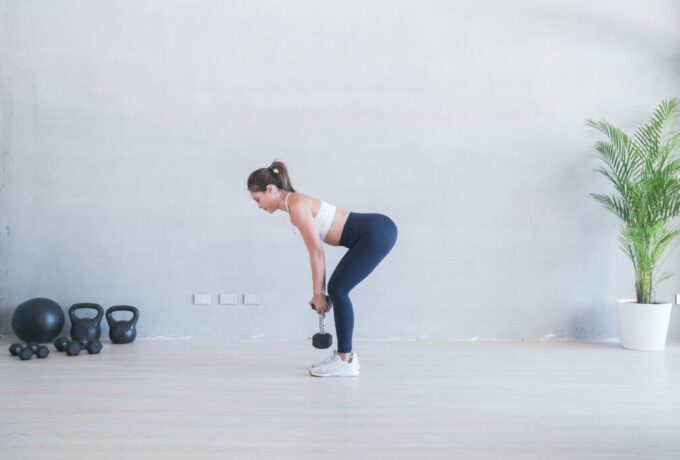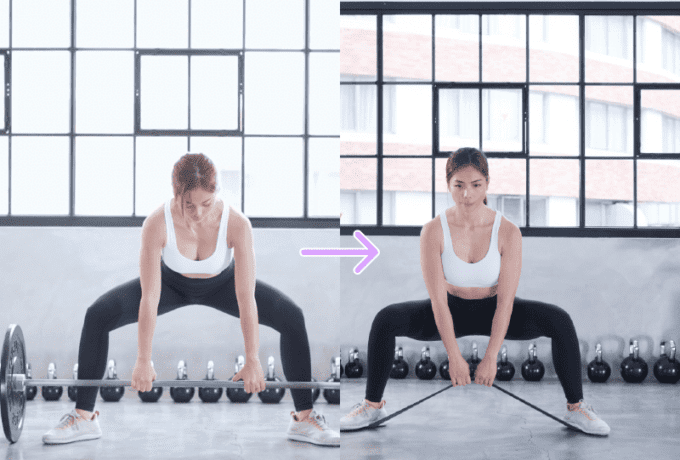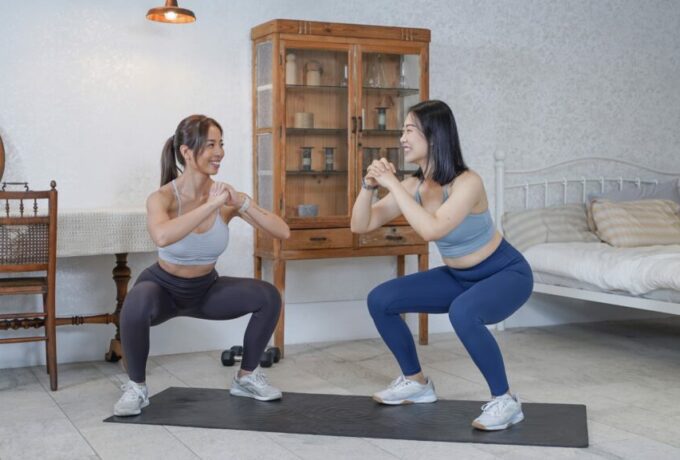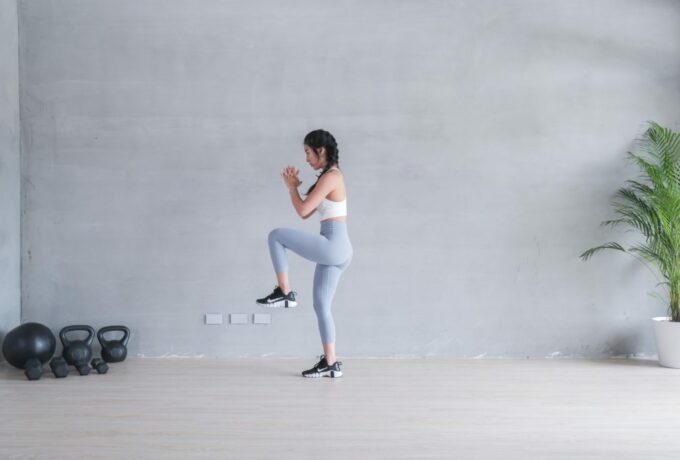During the pandemic, as more people engage in unarmed training at home, wrist pain has become a common problem. This issue often arises when performing exercises like push-ups and planks that require palm support on the floor. Let our physical therapist guide you in resolving this problem!
Analyzing Your Movements:
Wrist pain can occur during both yoga and unassisted exercises. To assess the correctness of your movements, we will focus on two areas: the wrist and the shoulder. Start by examining how your palms support the floor after performing exercises such as push-ups, plank poses, or mountain climbers.
Identifying Correct Hand Placement:
When examining your palm after exercise, pay attention to the marks left on the skin. Ideally, the pressure should be distributed in a crescent shape (yellow area) or on the masseter muscle (orange area). If the marks appear primarily on the root of the palm (purple area), there is a high probability of experiencing wrist pain.
Hand Position and Finger Placement:
Additionally, observe whether your fingers evenly open and close to the ground while supporting your body weight or if they are lifting one at a time, as depicted in the image below.
For optimal support and pressure distribution, the palm should lie completely flat on the ground. This way, the small muscles in the palm can assist in distributing the pressure evenly. Conversely, if the fingers are lifted, the pressure can concentrate at the base of the palm, leading to excessive strain on the wrists and potential pain. Therefore, when supporting your body weight, ensure that your fingers are close to the ground and avoid excessive lifting.
Harnessing the Power of Shoulder Blade Muscles:
Once you have confirmed the positioning of your wrist, it’s time to focus on the shoulder. The wrist joint is delicate and not ideally suited for bearing weight. Simply relying on the strength of your hands to support your body weight can lead to excessive pressure on the wrists over time. To alleviate this wrist strain, we need to engage the muscles around the shoulder blade, particularly the anterior serratus muscle located on the outer side of the chest, to perform scapular protraction movements.
As the anterior deltoid muscle assists in stabilizing the scapula, the torso experiences an uplifting sensation. By relying on the larger muscle groups for support during this movement, the pressure exerted on the wrists is reduced, effectively minimizing wrist pain and discomfort.
Consider the Relative Position of Shoulders and Wrists:
Furthermore, pay attention to the relative positioning of your shoulders and wrists. When supporting your body weight on the floor, ensure that the shoulder joint aligns vertically with the wrist, forming a perpendicular line to the floor. If your shoulders consistently extend beyond your wrists, excessive pressure can be placed on the wrists. To address this, use a mirror to evaluate and adjust the positioning of your shoulders in relation to your wrists.
Let’s do a final check:
- Ensure that the marks on your palms are evenly distributed.
- Confirm that both the palms and fingers are firmly on the ground.
- Verify that the shoulder blades are pulled forward.
- Make sure the shoulder joint and wrist form a perpendicular alignment.
After making these adjustments, assess whether you feel better and more comfortable. If you still experience some discomfort, consider the following additional methods:
✔︎ Modify certain exercises to utilize fist support or forearm support (elbow support) instead of palm support.
✔︎ Place a pad or cushion under the base of your palm to provide elevation and support.
Remember, the small muscles of the palm require consistent training to build strength and endurance while evenly distributing pressure. If you are prone to wrist pain, it is advisable to gradually increase the load on your wrists. Begin with more static support, such as knee-on-floor exercises, and progressively advance to exercises without knee support. It is not recommended to start with high-impact wrist exercises like burpees.
If the pain persists despite these adjustments, there is a possibility of a genuine wrist injury. Considering that modern individuals spend significant time using electronic devices, wrist flexibility is often compromised. Seeking assistance from a medical professional or physical therapist is recommended in such cases.










